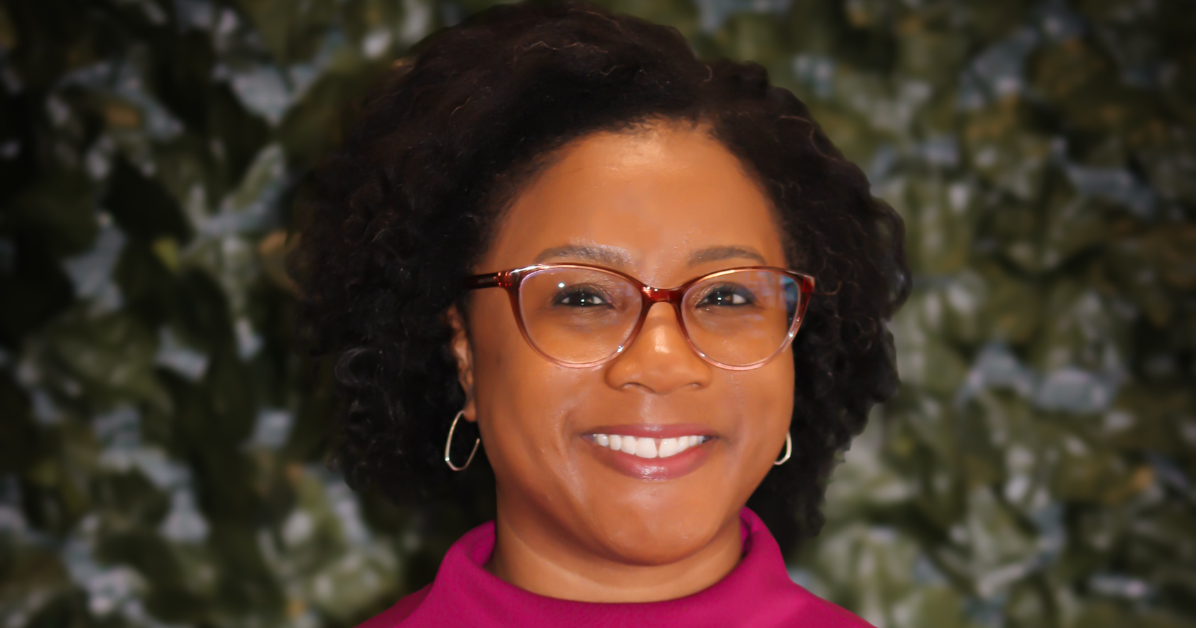How To Fully Support Women In The Venture Capital Space

Although we’ve come a long way in terms of closing the gender gap, the world of venture capital is still dominated by men. Male investors far outnumber their female counterparts, and the same goes for those seeking investment. While the struggle to access adequate funding and resources is universal, the statistics indicate that female entrepreneurs may find it even more difficult to raise the funds they need to grow their businesses.
Between 2011 and 2013, over 97% of funding in the United States was awarded to male chief executives, with male-led firms four times as likely to receive capital compared to teams with even just a single female founder. Men comprise 90% of all fund managers in Canada and the US. In the UK, women founders get only 1% of total venture capital, despite encompassing over a third of all entrepreneurs. Yet, as Hekla Arnardóttir, co-founder of Crowberry Capital in Iceland, rightfully points out, women hold almost 80% of product purchasing power. So, why the discrepancy?
Despite what some may have us believe, it’s not because female entrepreneurs are any less competent than male ones. A study published in Venture Capital in 2018 of all venture capital-funded companies in the US found no statistically significant difference in performance between firms led by men and those led by women; on the contrary, having at least one female on board resulted in significantly and consistently higher valuations. In fact, female-led startups have been reported to result in double the ROI per dollar compared to male-owned companies which—had they received equal funding—would have resulted in investors receiving an extra $85 million over five years.
Why Are Women Receiving Less Capital?
One big problem compounding this issue is the lack of female involvement on the other side of the investment fence. Venture capital is still very much mired in a deeply-entrenched all-male network. At the end of the day, investors like to put their money in people who resemble them; and, for most investors, that leads to investing in other men. This vicious cycle is the embodiment of the familiarity principle which leads to people gravitating toward that which is familiar.
One trend above all is clear—the number of female investors is directly correlated to the number of female investees, particularly in the early stages of funding. Companies with female VCs fund higher numbers of female-founded companies. However, according to the Center for Venture Research, both the number of female investors and the amount of funding granted to female entrepreneurs decreased between 2014 and 2015.
And when female venture capitalists do get involved in the investment space, they tend to focus predominantly on early start-ups or seed funding. This is partly due to the fact that female investors might not be able to raise the substantial amounts needed for later funding rounds. And, if there are fewer female venture capitalists investing in the later stages, fewer female-led start-ups are able to survive, grow and become profitable.

The Fix Is Within Us
So what can we do to support female founders? Many women have decided to bypass the all-male network and set up their own female-focused investment firms, such as Golden Seeds, an investment group in New York which has invested over $120 million in 170 women-driven companies. Other initiatives include SheStarts, the only venture-backed accelerator program for female-led start-ups in Australia.
Women with the financial means should cut checks for other women; untapped markets are often where opportunities lie. But allocating funding to female-only companies or entrepreneurs is only part of the solution, and one could argue it may isolate the groups even further. Women in positions of power should try to:
- Prioritize the hiring of other women in senior roles, such as partners at venture capital firms, so that they are more equitably represented at the decision-making level
- Ensure that they reach a sufficient range of female candidates is by eliminating unintentional male bias in job adverts
- Offer mentorship opportunities to aspiring female entrepreneurs, as research shows that people with mentors are up to five times more likely to be interested in starting a business.
- Profile other successful women and increase the visibility of female role models. In addition to showcasing others, women in positions of power should be promoting themselves and sharing their own stories. Aspiring female investors and entrepreneurs need other women to continue setting the example so that they can follow suit and seek to imitate.
- Start local networking groups with other women interested in the investment space. Encourage them to share their investment knowledge, intel, and contacts with each other.
Nevertheless, it’s important to clarify that women shouldn’t invest in women simply because of gender. The goal is to level the playing field and allow more of us to take our place at the table. After all, society can only benefit when it invests in all of the population, instead of only half.
This post was written by Fatima Zaidi and originated on Women 2.0.





